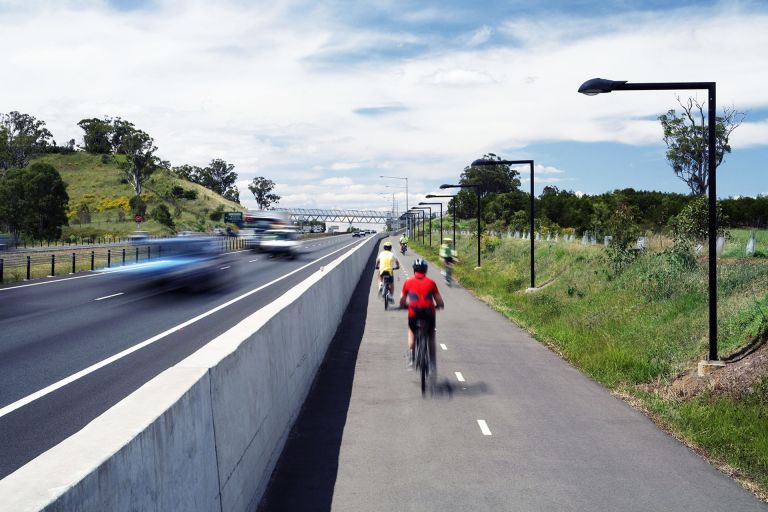Introduction
This project will help government to combine smart technology with public infrastructure.
The guidance developed from this project will help us generate new, real-time information about our infrastructure assets. It will guide councils and agencies on how to implement policy requirements outlined by the NSW Government Smart Infrastructure Policy (July 2020).
This will help agencies and councils to:
- reduce costs
- improve public safety
- provide better services and understand how assets are used
- be more environmentally friendly.
Challenge
The NSW Government Smart Infrastructure Policy was released in July 2020. Yet there is still a lack of common understanding about implementing the requirements. Detailed specifications are required to ensure smart infrastructure projects are value-for-money. The solutions must also be fit-for-purpose, consistent, integrated and achieve policy outcomes.
Smart technologies can transform the way we plan and manage infrastructure. However, new and rapid developments in technology have created challenges. These affect how we deliver assets across the state. Examples of smart infrastructure include:
physical sensors
connectivity
data and intelligence
hosting and applications
security.
Smart technologies present a complex landscape of technologies and services. Clearly defined standards or solutions are needed. This will help NSW agencies and councils navigate the IoT ecosystem.
Solution
The purpose of this project is to develop detailed digital specifications. These specifications will aid compliance with the NSW Government Smart Infrastructure Policy.
The specifications have been developed in consultation with the Western Sydney Planning Partnership, on behalf of Western Sydney councils.
The specifications will be shared within the Smart Places Playbook. It will be available for all state government and local councils to use as part of infrastructure projects.
This work will ensure a consistent approach for smart technology infrastructure. It will:
avoid siloed technologies
ensure that data outputs are aligned across projects
maximise insights for individual agencies and councils
support whole-of-government objectives for smart places.
Expected outcomes
Smart Places outcome areas:
- capability and enablement
- planning and design.
The project will increase this capability across NSW state and local government. This will lead to better understanding and delivery of smart infrastructure as a result.
We expect greater confidence across the sector in the use and benefit of cost-efficient technologies that provide more reliable, real-time data analytics.
The project will lead to improved services for NSW citizens, through consistent application of technology enabled smart infrastructure.
Resources
Want to implement a similar project? Visit these resources for help.
Smart Places Playbook: Discover
Starting with a focus on the place and its people, the opportunities and problems to solve.
Smart Places Playbook: Design
Exploring the market, identifying potential solutions and setting out plans for delivery.
Contact details
Smart Infrastructure Design Specifications Project Team
Explore other smart projects in NSW
Image

Smart Places - Data as an Asset
Quantifying the value of smart places data as an asset, using effective platforms and tools for data management.
Image

Digital Trust for Places and Routines
Digital Trust for Places and Routines (DTPR) is an Australian-first trial. It will inform communities about what smart technologies are in place and explain how the data captured is used.
Image

Smart Planning Approvals
Using data and artificial intelligence (AI) to accelerate development application assessments.
See all our case studies
Search our entire database of Smart Places case studies.
